 Alcuin of York (735-804) had a series of similar problems involving the distribution of corn among servants. Since the three propositions were the same format with only the numbers changing, I thought I would present them in a more concise form:
Alcuin of York (735-804) had a series of similar problems involving the distribution of corn among servants. Since the three propositions were the same format with only the numbers changing, I thought I would present them in a more concise form:
“Proposition
A certain head of household had a number of servants, consisting of men, women, and children, among whom he wished to distribute quantities, modia, of corn. The men should receive three modia; the women, two; and the children, half a modium.
(a) If the head of household has 20 servants and wished to distribute 20 modia of corn among them, let him say, he who can, How many men, women and children must there have been.
(b) If the head of household has 30 servants and wished to distribute 30 modia of corn among them, let him say, he who can, How many men, women and children must there have been.
(c) If the head of household has 100 servants and wished to distribute 100 modia of corn among them, let him say, he who can, How many men, women and children must there have been.”
I will give Alcuin’s solutions first, followed by my more expansive solutions that rely on our familiar symbolic algebra that was not available in Alcuin’s time.
See Alcuin’s Corn Problem
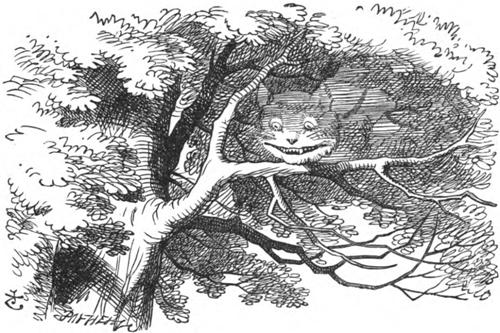 I have been meaning to focus on this aspect of mathematics for some time. It is a topic I elaborated in my “Angular Momentum” post. But I also think it has something to do with the difficulties that normal folks have with elementary math, in particular, numbers. I thought I would dub it the Cheshire Cat Paradigm, involving the Cheshire Cat’s grin.
I have been meaning to focus on this aspect of mathematics for some time. It is a topic I elaborated in my “Angular Momentum” post. But I also think it has something to do with the difficulties that normal folks have with elementary math, in particular, numbers. I thought I would dub it the Cheshire Cat Paradigm, involving the Cheshire Cat’s grin.
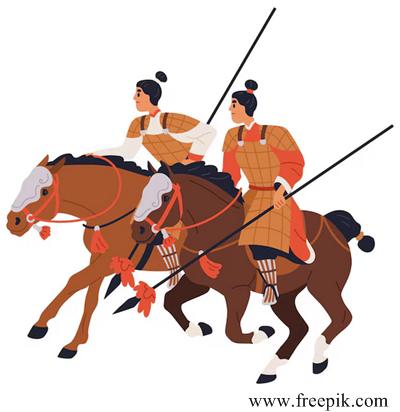 This is a challenging problem from the c.100AD Chinese mathematical work, Jiǔ zhāng suàn shù (The Nine Chapters on the Mathematical Art) found at the MAA Convergence website.
This is a challenging problem from the c.100AD Chinese mathematical work, Jiǔ zhāng suàn shù (The Nine Chapters on the Mathematical Art) found at the MAA Convergence website. This is an interesting problem from 180 BC China.
This is an interesting problem from 180 BC China. Alcuin of York (735-804) had a series of similar problems involving the distribution of corn among servants. Since the three propositions were the same format with only the numbers changing, I thought I would present them in a more concise form:
Alcuin of York (735-804) had a series of similar problems involving the distribution of corn among servants. Since the three propositions were the same format with only the numbers changing, I thought I would present them in a more concise form: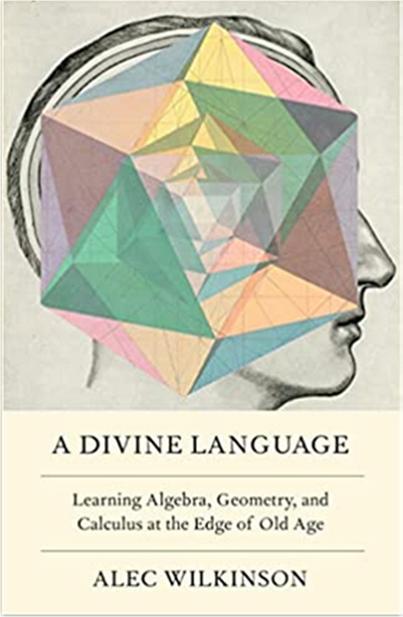 I have just finished reading a most remarkable book by Alec Wilkinson, called A Divine Language: Learning Algebra, Geometry, and Calculus at the Edge of Old Age. I had read an
I have just finished reading a most remarkable book by Alec Wilkinson, called A Divine Language: Learning Algebra, Geometry, and Calculus at the Edge of Old Age. I had read an 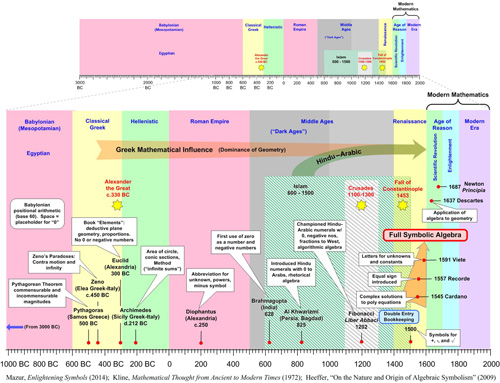 As I am sure is common with most mathematicians, I had become interested in the history of the development of mathematical symbols, first for numbers (numerals) and then for algebra (symbolic algebra). Joseph Mazur’s book Enlightening Symbols provided an excellent history of this evolution. His focus on the development and significance of symbolic algebra in the Renaissance was especially illuminating. I also augmented Mazur’s information with details from Albrecht Heeffer’s work.
As I am sure is common with most mathematicians, I had become interested in the history of the development of mathematical symbols, first for numbers (numerals) and then for algebra (symbolic algebra). Joseph Mazur’s book Enlightening Symbols provided an excellent history of this evolution. His focus on the development and significance of symbolic algebra in the Renaissance was especially illuminating. I also augmented Mazur’s information with details from Albrecht Heeffer’s work.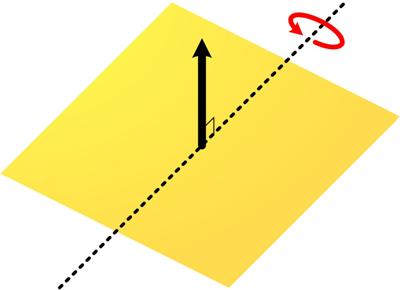 Here is another challenging problem from the first issue of the 1874 The Analyst, which also appears in Benjamin Wardhaugh’s book.
Here is another challenging problem from the first issue of the 1874 The Analyst, which also appears in Benjamin Wardhaugh’s book. Here is another problem from the 2020 Math Calendar.
Here is another problem from the 2020 Math Calendar.
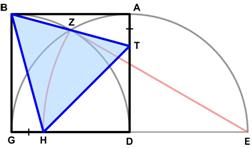 I found an interesting geometric statement in a paper of Glen Van Brummelen cited in the online MAA January 2020 issue of
I found an interesting geometric statement in a paper of Glen Van Brummelen cited in the online MAA January 2020 issue of 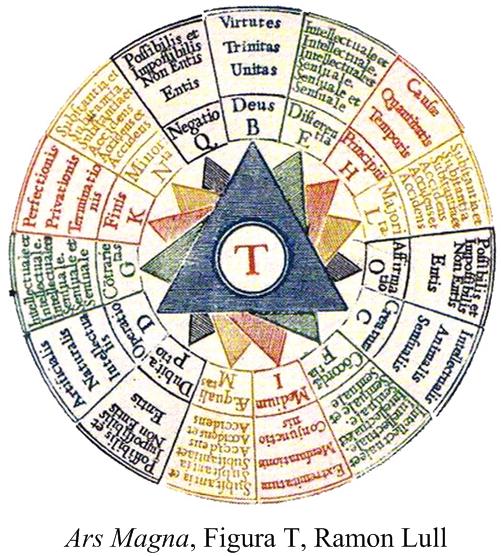 The subtext of this essay might be “word problems,” since the stream of thoughts that led to the za’irajah (zairja) began with a paper I read, while searching for potential problems for this website, on the history of word problems in high school texts in algebra in the 20th and 21st centuries. The following statement by Lorenat caught my attention:
The subtext of this essay might be “word problems,” since the stream of thoughts that led to the za’irajah (zairja) began with a paper I read, while searching for potential problems for this website, on the history of word problems in high school texts in algebra in the 20th and 21st centuries. The following statement by Lorenat caught my attention: